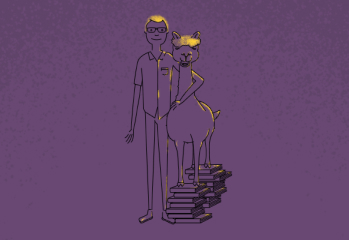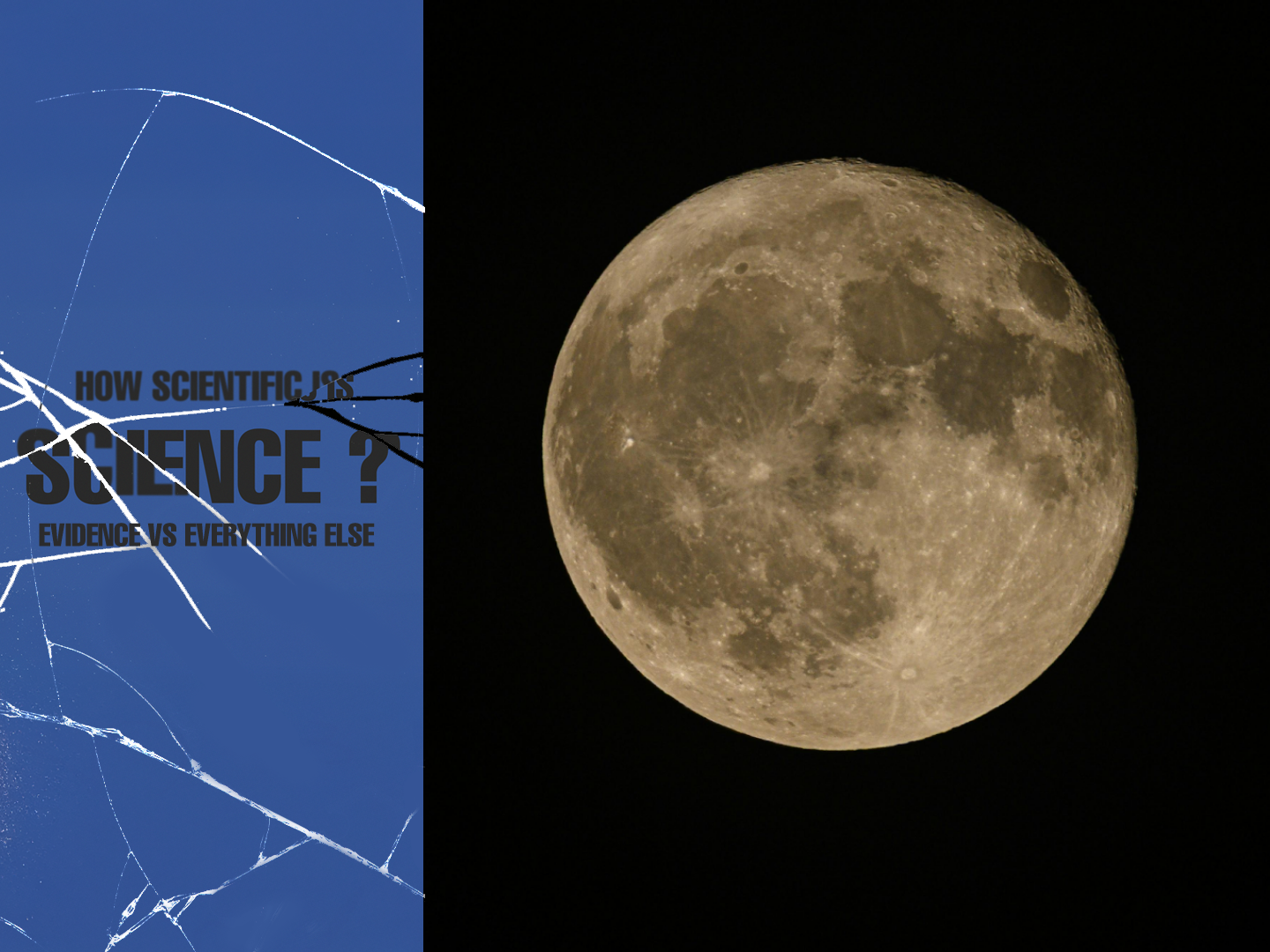Since ancient times, humans have speculated whether the full Moon has a certain power over our minds.
It’s been blamed for mystery, mayhem and mood swings. But does science agree?
THE MAKING OF A FULL MOON
Like Earth, the Moon doesn’t shine with its own light.
The eight lunar phases, including the full Moon, are created from the Sun’s reflection and repeat every 29.5 days.
When we see a full Moon, it’s positioned opposite the Sun, revealing its dayside.
MYTHIC TIDES
The Moon’s gravitational pull drives the ebb and flow of tides.
Given the human body is about 65% water, could the Moon affect us like the tides?
Caption: The eight phases of the moon
Credit: Penguin
Greek philosopher Aristotle and Roman historian Pliny the Elder thought so.
They suggested that, because the brain is our ‘moistest’ organ, it must be influenced by the Moon, evoking insanity and madness.
By the Middle Ages, the full Moon symbolised werewolves and humanity’s struggle between civility and primal instincts.
But is there any evidence to back up these claims?
CELESTIAL SLEEPERS
Studies from 2013 and 2021 show the lunar cycle does affect humans – just not in the way we thought.
Participants had later sleep onsets and shorter sleep duration on full Moon nights, likely due to brighter moonlight.
The 2013 study found that the release of melatonin, our sleep hormone, was delayed by 50 minutes.
This suggests we have an innate circalunar rhythm – our body clock correlates to the lunar cycle.
But when it comes to more dramatic claims, like the full Moon affecting seizures and psychiatric events, a 2023 review found little reliable evidence.
MYTH BUSTED
Does Aristotle and Pliny’s theory hold up?
Not really.
Caption: A werewolf’s crimes (right) and his trial as a human (left)
Credit: Johann Jakob Wick (1580) Britannica
Astronomer George Abell pointed out that a mosquito on our arm has a stronger gravitational pull on us than the Moon does.
While the Moon’s force affects open bodies of water like the ocean, it has no effect on a contained source of water such as our brain.
At every phase of the lunar cycle, the Moon’s pull remains the same. It doesn’t change during a full Moon or waxing crescent.
This myth has lasted for centuries – all thanks to confirmation bias.
We tend to notice occurrences that support our pre-existing beliefs rather than ones that challenge them.
Interestingly, the word ‘lunacy’ comes from the Latin term ‘lunaticus’, meaning ‘of the Moon’.
It reminds us that myths can shape our language, even when science tells another story.









